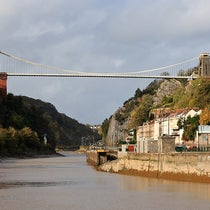Scientist of the Day - ATS-3 satellite
The ATS-3 communications satellite was launched aboard an Atlas Agena rocket from Cape Canaveral on Nov. 4, 1967. It was successfully inserted into a geosynchronous orbit 22,000 miles above the Earth's surface, making it motionless with respect to the Earth, so it essentially hovered over the Westen hemisphere. The satellite was covered with almost 24,000 solar cells and in the shape of a six-foot-tall oil drum, giving it a distinctive appearance, as satellites go (second image).
The ATS-3 was used primarily to photograph weather patterns, such as hurricanes, and it could also function as a communications satellite, as it did during the Mount St. Helens event of 1980. But it was also ideally placed to photograph the Earth as an object in space. It took many such photographs. But the most famous was the first, taken on Nov. 10, 1967 (first image).
We wrote several weeks about the first photograph of the Earth from space, taken in 1946 from just 65 miles up, where "space" (by definition) begins (here is that post). It showed just a small slice of Earth. Many other photos were snapped by orbiting Mercury and Gemini astronauts in the early 1960s, but they did not show the whole Earth either. The ATS-3 photo stands out because it was the first true color photo of the complete Earth from space (by true-color, we mean it was taken by a color camera, not by a camera that used red, blue, and green filters with black-and-white sensors).
The ATS photo of Earth first came to public attention when Stewart Brand used it on the cover of the Whole Earth Catalog in the Fall of 1968 (third image). I realized while writing this that I did not have Brand in my database of Scientist-of-the-Day candidates, which was a serious omission (he is there now). The Whole Earth Catalog was everyone's Google before there was a Google, a printed guide to sources for anything a counter-culture fringe-dweller might want or need. I will write a post on Brand as soon as his birthday comes round, since his Catalog had a great influence on people like Steve Jobs, and perhaps some of you readers.
Since the Whole Earth Catalog was a catalog of sources, it had to be updated often, and the ATS-3 image was soon replaced with color photos of the Earth taken by Apollo astronauts on their way to, from, and around the Moon. But for the 1972 issue (called, prematurely, the Last Whole Earth Catalog), the ATS-3 photo was imaged on the back cover, as a kind of farewell (fourth image).
The ATS-3 satellite was deactivated in 1978, after a useful 11-year life, but it was apparently reactivated a few times (as during the 1980 Mount St. Helens crisis), and it was said to be doing something useful in 1995. Geosynchronous satellites, since they are so high up, tend to stay put, so I assume ATS-3 is still up there, now a member of the growing Space Junk family. But NASA is not saying.
William B. Ashworth, Jr., Consultant for the History of Science, Linda Hall Library and Associate Professor emeritus, Department of History, University of Missouri-Kansas City. Comments or corrections are welcome; please direct to ashworthw@umkc.edu.

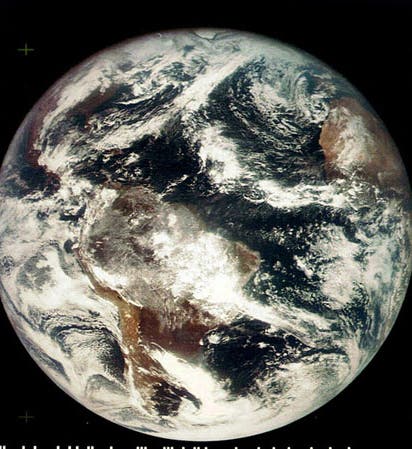
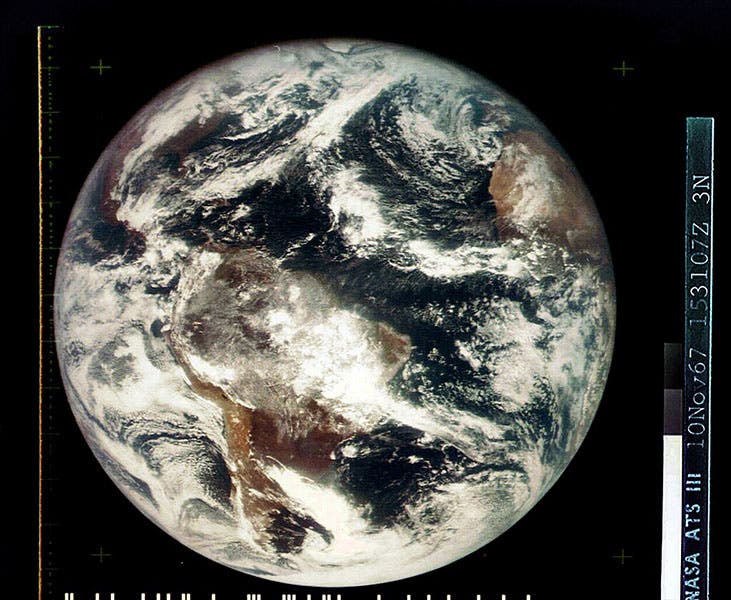
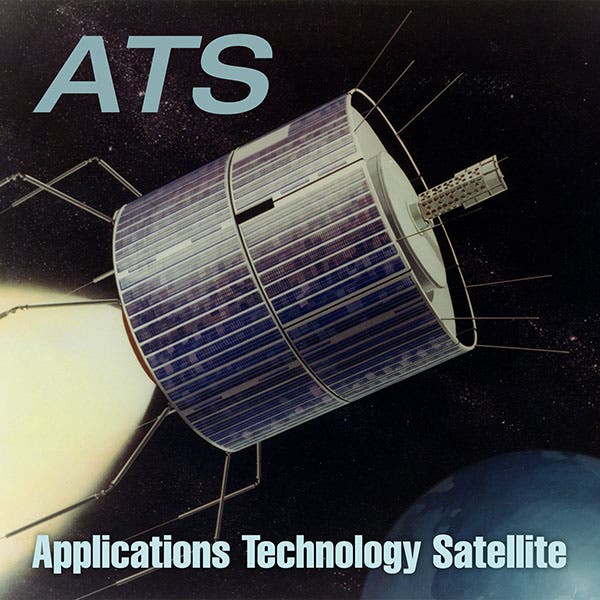
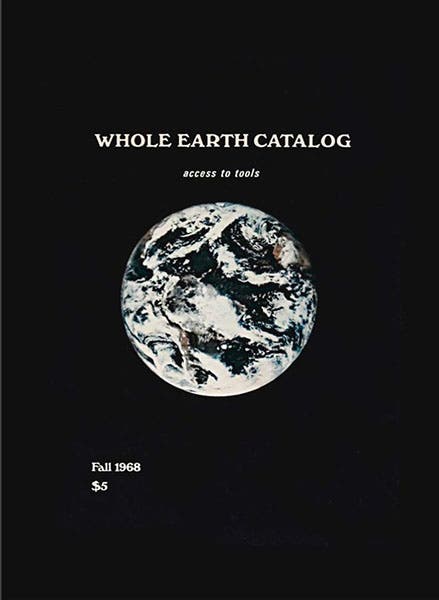
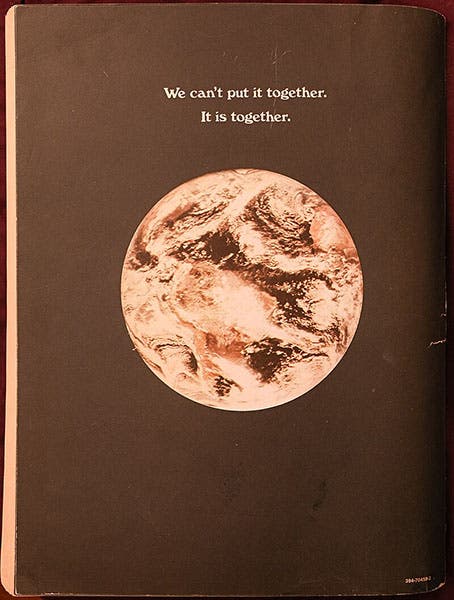
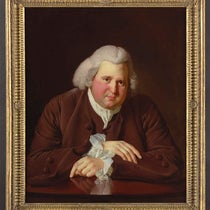
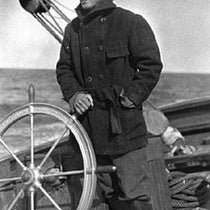
![Using an astrolabe to measure the depth of a well, woodcut in Elucidatio fabricae vsusq[ue] astrolabii, by Johannes Stöffler, 1513 (Linda Hall Library)](https://preview-assets-us-01.kc-usercontent.com:443/9dd25524-761a-000d-d79f-86a5086d4774/a998eb50-55d2-4a88-ace2-a50aa5fa86e7/Stoffler%201.jpg?w=210&h=210&auto=format&fit=crop)

